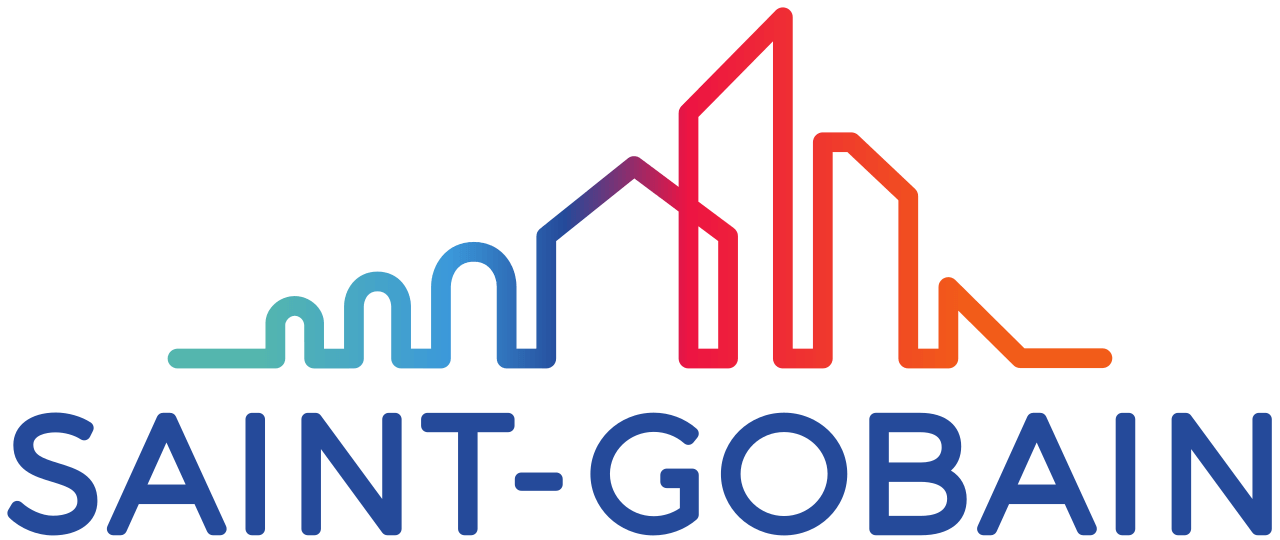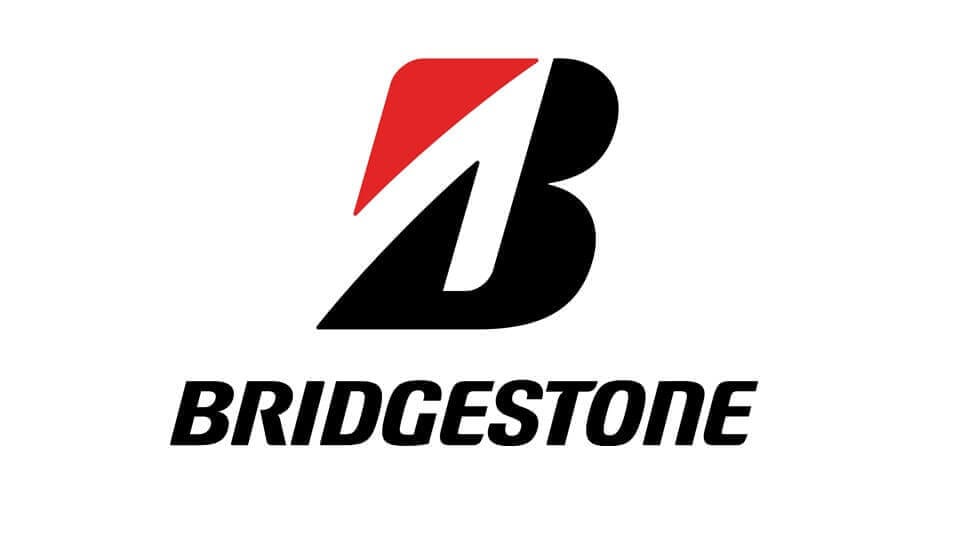Speakers:

Peter Draper
Vice President of Customer Success, Shiftboard

Nathalie Gentile
Director of Product Management, Zaddons
A scheduler’s job is never easy — but it’s especially difficult when manual processes still dominate most of the work. When handled by hand, scheduling tasks become prone to error. They lack effective data aggregation with other human capital management systems and leave everyone questioning the accuracy of the information they have.
While manufacturing executives often see potential in employee scheduling automation, the idea of implementing a new automated process can be intimidating for frontline managers and employees.
A recent Shiftboard-sponsored Manufacturing Dive webinar, “What Manufacturers Can Expect When Transitioning to Automated Employee Scheduling,” pulled back the curtain on employee scheduling automation to help manufacturers understand how to make the process less daunting and more approachable. Peter Draper of Shiftboard and Nathalie Gentile of Zaddons delved into the common challenges with manual scheduling and shared how automation technology creates a work environment that enhances everyone’s experience and performance.
The State of Shift-Based Scheduling Today
It’s no secret that many manufacturers still rely on manual processes: typing in data, creating schedules in spreadsheets, processing time-off requests by hand, and manually assigning overtime hours. But how efficient are these approaches, and why should manufacturers be worried about continuing to rely on them?
“Manufacturers have been doing their scheduling the same way for so long that it’s not obvious when there’s a better, different or more productive way to do it,” pointed out Nathalie Gentile, director of product management at Zaddons, a product extension of Shiftboard’s workforce scheduling software.
Schedulers are so overloaded with day-to-day tasks and working so many hours that they don’t have time to think what they could be doing better.
Nathalie Gentile
Director of Product Management, Zaddons
In manufacturing, these jobs become tedious and time-consuming for three reasons:
- Processes deviate from site to site and department to department.
- Changes occur in manufacturing demand.
- Employees aren’t engaged in the process.
Due to these variances, attempts at automation can seem impossible. Different departments work different schedules. Each group has its own rules surrounding how far in advance people can see schedules or volunteer for overtime. Vacation request policies vary from team to team.
Despite these variations, however, it’s still critical to provide a uniform scheduling process.
“There’s an awful lot to think about,” said Peter Draper, vice president of customer success at Shiftboard. “Imagine handling all this without automation assistance. When you figure it out manually, it’s difficult to get through calculations and decision trees quickly. Automation can make a huge difference and give you the information you need to make decisions that improve response time and communication.”
Did You Say ‘Automation’?
When discussing scheduling in manufacturing, not everyone wants to hear the word “automation.” Leaders often love the word, while employees may be slower to embrace it.
Before bringing automation into the scheduling equation, Draper pointed out the issues that must be addressed first:
- Concerns about job impact.
- Distrust of the technology.
- Worries about loss of control.
- Fears about the decision-making process becoming hidden or inaccessible.
- The lack of understanding behind automation’s decisions in some cases.
There’s also an HR component to consider, said Gentile. “When you bring in technology that offers workers the opportunity to use mobile connectivity outside normal work hours, HR gets nervous. They wonder about the implication of hourly employees accessing devices on their own time to check schedules and verify availability. But these apprehensions can be tempered by presenting the automation solution in the right way.”
What Does Automated Scheduling Look Like?
Automation doesn’t act as an “easy” button. Instead, it’s technology that supports your existing operations, enabling business transformation when and where it’s warranted in the scheduling process.
As Gentile pointed out, it can be used in many ways, depending on your plant’s goals:
- To create schedules that workers embrace.
- To engage employees and accommodate their scheduling needs.
- To maximize labor utilization.
- To align scheduling with necessary rules, procedures and policies.
Yet, most manufacturers don’t realize the best part: “You have complete control of the parts and pieces of the process you want to automate,” explained Gentile. “You have full access to your data, and people will always be needed in the process. Automation won’t completely replace your scheduler. It just makes them better.”
She also pointed out that automation is just one piece of the scheduling puzzle. Automating your scheduling process also gives you the opportunity to optimize your scheduling process so you can eliminate bottlenecks and streamline workflows.
Taking the First (Automated) Step
Before wrapping up, Draper and Gentile gave manufacturers advice regarding where and how to begin if they want to improve employee scheduling.
It starts with communication,” said Draper. “Think about how to deliver the news to your stakeholders in a way that will help them understand the reasons for the transition. That boils down to helping them understand why the change is important and necessary.” Involve them early and keep them in the loop always. Let them know what’s in it for them.
Peter Draper
Vice President of Customer Success, Shiftboard
Beyond that, advised Gentile, cultivate your own team of internal champions. “They will act as influencers, helping bring over the new technology and creating your company’s success story.”
The two experts also recommend:
- Designing effective training to help employees understand how to use the tool.
- Creating proper documentation that employees can refer to as they use the system.
- Making the tool available for all employees and providing access through internal resources and on the plant floor.
- Placing an expiration date on manual systems to help phase them out.
- Involving unions early to work around the processes they require and get their buy-in.
What Manufacturers Can Expect When
Transitioning to Automated Employee Scheduling
Trusted by the World’s Most Recognized Brands





